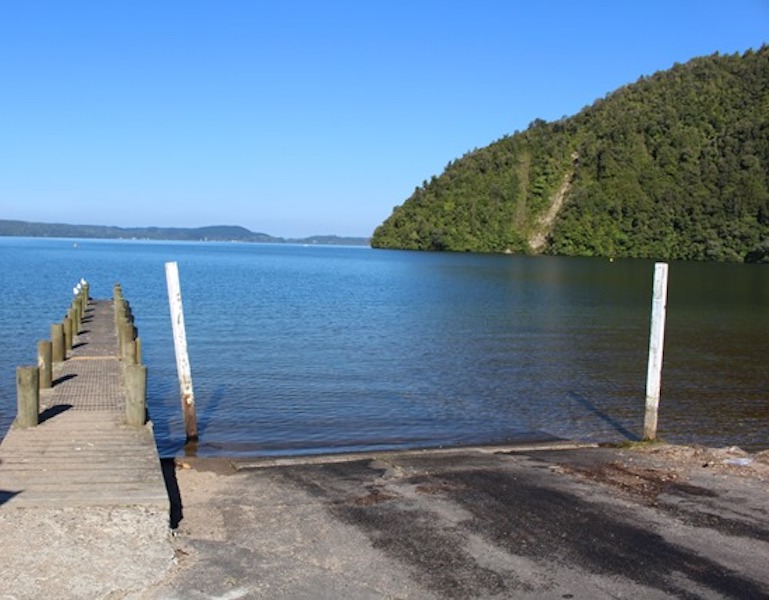
National’s View on SH30 Safer Speeds
March 17, 2024
East Rotoiti Sewerage Cost Rises to $56m
March 18, 2024 Weed Spraying & Water Quality Issues
It’s been a frustrating year of poor water quality for some residents on our lake. The weed spraying in some areas was cancelled because the water was too murky for it to be effective and although the weed harvester was deployed, it has some significant limits that didn’t help. This has all seemed to add up to worsening water quality and weed growth.
We are well aware of the concerns of residents in Okawa bay, Te Weta bay, Okere inlet and Otaramarae inlet and that some parts of the lake are more sensitive to these pressures than others.
The LRCA will continue to support spraying as one of a number of tools for keeping invasive weed at bay in our lake, however we have seen that sometimes it cannot be deployed and it’s not effective on its own.
Unfortunately, actions over the last 100 years or so have pushed us to this point and so if we want it to improve, we can’t keep doing the same things and expecting things to get better. We can’t blame just the geographical circumstances and so it’s clear that without change, the lake water will continue to degrade.
Our actions have introduced ever more and varied nutrients into the lake and these help promote algal blooms, murky water and increased weed growth.
So we are suggesting that, in addition to continuing to push for weed spraying and harvesting, there are some other things that we can all do to help improve Lake Rotoiti’s water quality by reducing the amount of these nutrients we put into the water column.
We know that water quality, algae and weed growth are all directly affected by excessive nutrient supply and these suggestions are all about reducing the nutrient supply into the lake.
Nutrients in our lakes are caused by things like:
Fertiliser runoffGrass clippings, leaves and plant debris blown or thrown in
Floating clumps of weed dislodged by boating activity and storms
House gutters flowing into the lake
Silt runoff
Sewerage seepage
Water runoff from the road
Contaminated domestic stormwater - leaves, oils, chemicals, paints etc
Rubbish and food waste.
Boat propellers stirring up nutrient laden bottom sediment
Here’s some ideas of things you can do to help keep our lake as clean as possible:
Stormwater - if possible, direct your stormwater away from the lake. Consider installing a detention tank to settle out contaminants before sending stormwater into the lake.
Lawns - Don't allow grass clippings to get into the lake. DON'T fertilise your lawn.
Create a barrier zone - If your property is lawn to lakefront, plant native filter plants like Harakeke (flax), native grasses, small shrubs etc to form a 1-metre-deep barrier across the lakefront. This will also help stop erosion.
Garden - Remove exotic/deciduous trees and bushes that drop leaves and flowers and replace with evergreen natives.
General maintenance - Keep your gutters clean and free of leaves and twigs.
Earthworks - Ensure no runoff gets into the stormwater and the lake.
Floating weed clumps – bring these on to dry land and dispose of them in your garden compost. If left in the lake, they provide the perfect nutrients for new weed growth and murky water. Don’t drive through them as your propellor will just cut them up, increasing and spreading the nutrient supply.
Boating - Propellers stirring up the mud on the bottom of the lake release nutrients so lift your propellor in shallow waters.
Sterilise your boat and trailer before launching if it has been used in any other lake or river to rid it of unwanted organisms. Propellers and wake also introduce large amounts of air/oxygen into the lake which feeds weed and algae growth so please go slow in shallower water.


